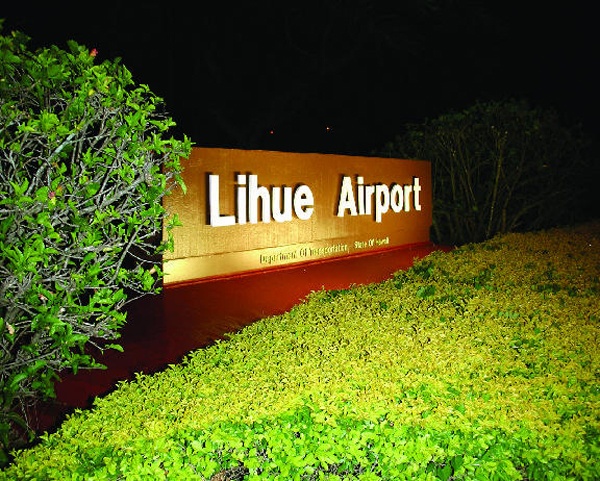Flying, as we all know, isn’t cheap. Darned expensive, really. Prices have been steadily rising for years and show no signs of slowing down. Rep. Tulsi Gabbard is fighting to keep them from going higher. The Congresswoman recently sent a
Flying, as we all know, isn’t cheap. Darned expensive, really. Prices have been steadily rising for years and show no signs of slowing down.
Rep. Tulsi Gabbard is fighting to keep them from going higher.
The Congresswoman recently sent a letter to House Budget Committee leaders, Chairman Paul Ryan (R-Wisc.) and Ranking Member Chris Van Hollen (D-Md.) highlighting the role of air travel throughout Hawaii and the negative impact of a possible air travel fee increase.
She requested a Hawaii exemption for increased air travel fees, particularly the Aviation Passenger Security Fee. The fee was instituted after Sept. 11, 2001, and has more than doubled to $5.60 from $2.50 in the budget compromise bill.
“While I recognize the need to continue supporting TSA’s important mission in securing our air transportation system, I am hopeful that the (budget) conferees will balance this need against the minimal revenue gained and the critical need for air transportation in Hawaii,” Gabbard wrote. “With no interisland railway or highway system, our residents have no choice but to fly between most of the islands.
Gabbard, as those well know who live here, points out the obvious: A plane, for most of us, is our only way from Kauai to other islands. When we think it’s a good deal to pay $65 for the 25-minute flight to Honolulu, we know tickets costs are high. We join Gabbard in fighting fees that make flying even more expensive, especially between island. If anything, seems there should be a move to decrease flight costs for Hawaii residents to encourage them to visit other islands.
Doubling the Aviation Passenger Security fee would generate less than $17 million within the state of Hawaii out of a projected $317 million nationwide. Yet, the growth of the fee, as Gabbard notes, would impact residents who work and live on one of the six main islands in Hawaii. As an example, she points out the Honolulu-Kona segment offers fares as low as $67.42. There are already $11.68 in fees and taxes tacked on to that fare.
With no interisland railway, highway system, or ferry, our residents have no other choice but to fly between most of the islands, Gabbard said. Oahu, which has 70 percent of the state’s population and is the base of Hawaii’s economy, is not accessible from any other island except by air.
“Thus, air transportation is an essential lifeline for conducting business, receiving health care, and visiting family and friends,” Gabbard said.
Keep fighting the good fight. Let’s find ways to reduce expenses for Hawaii’s residents to fly between islands, rather than see costs soar higher.


